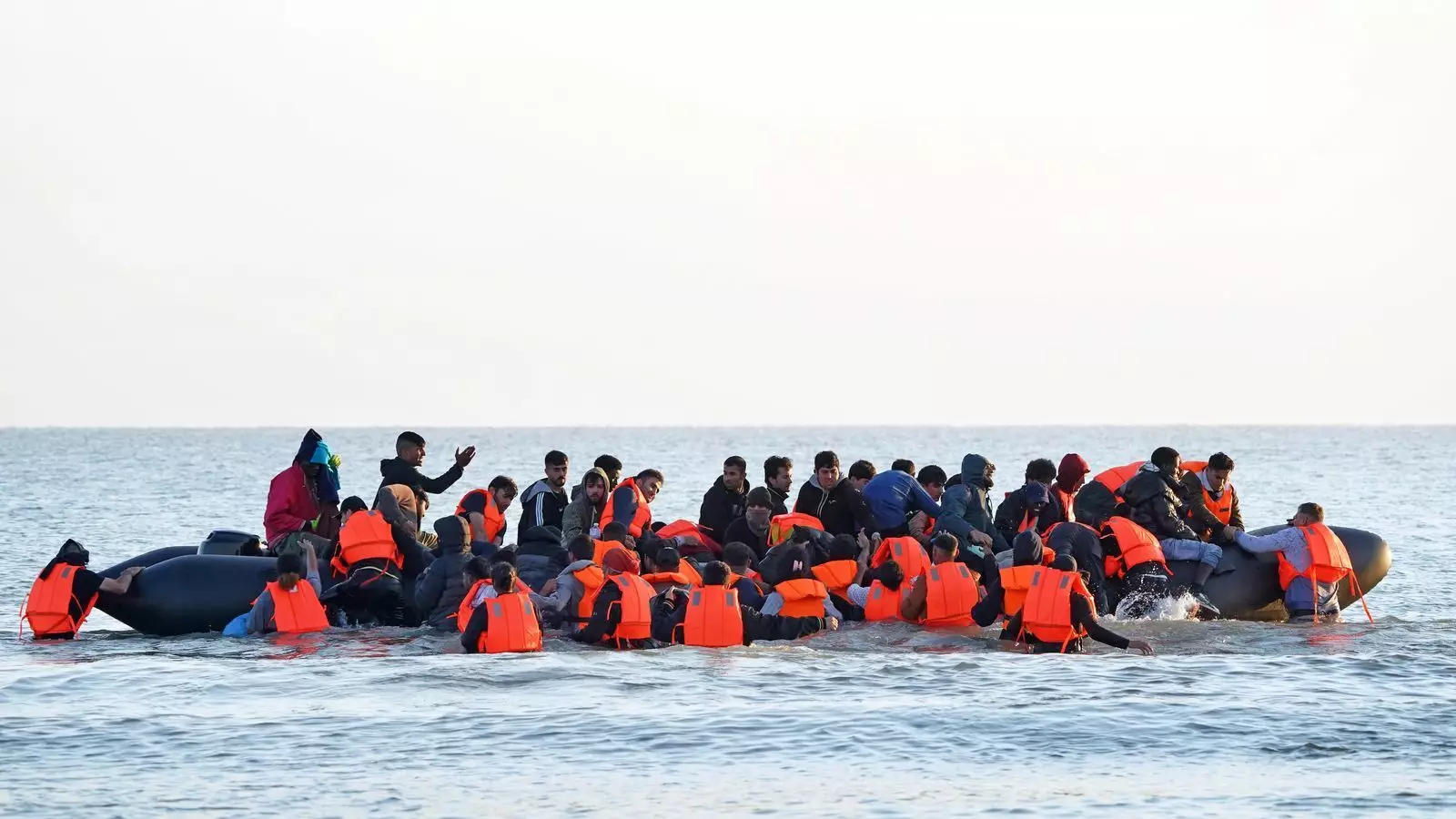In 2024, the migration statistics regarding the English Channel reveal a complex narrative, with a total of 36,816 migrants making the perilous crossing to the United Kingdom. This figure marks a significant increase of 25% compared to 2023, which saw 29,437 arrivals via small boats. Despite this rise, the numbers remain 20% lower than the record high of 45,774 recorded in 2022, underlining the fluctuating patterns of migration. This trend indicates an ongoing crisis, as the English Channel retains its status as one of the most dangerous migration routes worldwide.
Tragically, despite the record number of successful crossings, 2024 has been labeled the deadliest year for those attempting to navigate these treacherous waters. While the Home Office failed to publish specific death tolls, data from the French coastguard confirms that at least 53 individuals lost their lives in their quest for safety and stability. This disheartening statistic emphasizes the ongoing risks that many migrants face, underscoring the dire need for comprehensive policy change and enhanced safety measures. The increase in reported deaths is a stark reminder that behind every number is an individual’s story, often marred by loss and desperation.
When examining the historical context of Channel crossings, it is evident that the numbers have surged dramatically since records began in 2018. The initial count of just 299 arrivals that year has escalated to thousands within a mere six years. The figures reveal a troubling trajectory, with annual arrivals soaring from 1,843 in 2019 to a staggering 28,526 in 2021. Such shifts in migration patterns compel policymakers to address the systemic issues driving individuals to undertake such dangerous journeys, such as conflict, persecution, and the lack of legal avenues to safety.
The reality is that while some refugees, especially those fleeing Ukraine and Afghanistan, can access safe and legal pathways to the UK, a significant number of migrants are forced to rely on precarious and often illegal routes. These perilous journeys frequently involve the exploitation by criminal gangs and human traffickers who capitalize on the desperation of those seeking a better life. It is important to note that current immigration laws are restrictive, allowing only a narrow margin for recognized refugees or their family members to settle legally in the UK.
Both major political parties in the UK have declared their intent to address the influx of migrants crossing the Channel. Labour’s commitment to dismantling smuggling rings points to a recognition of the need for systemic change. However, the challenge remains daunting. Providing adequate support for asylum seekers while curtailing illegal crossings demands both compassion and stringent policy measures. Ultimately, the statistics surrounding Channel crossings reflect both the humanitarian crises at play and the pressing need for collaborative solutions that address both the immediate dangers and the underlying causes of migration.
As migrant numbers continue to rise, so does the urgent call for effective and compassionate policy responses that ensure the safety of those seeking refuge.


Leave a Reply